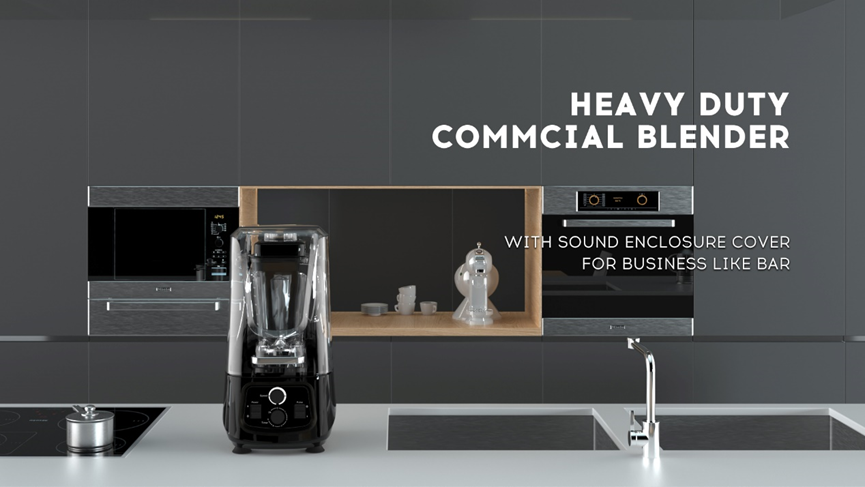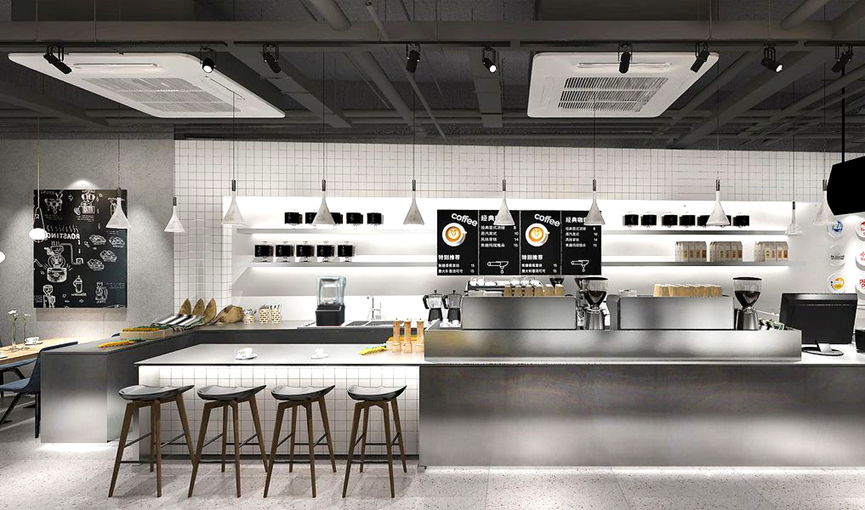The Essential Guide to Choosing the Right Heavy Duty Blender for Your Factory
release time:
2025-06-20
The Essential Guide to Choosing the Right Heavy Duty Blender for Your Factory
Table of Contents
- 1. Understanding Heavy Duty Blenders
- 2. Key Features to Consider When Choosing a Heavy Duty Blender
- 3. Types of Heavy Duty Blenders
- 4. Application-Specific Considerations
- 5. Budgeting for a Heavy Duty Blender
- 6. Maintenance and Support for Your Heavy Duty Blender
- 7. Frequently Asked Questions
- 8. Conclusion
1. Understanding Heavy Duty Blenders
Heavy duty blenders are essential tools in various industries, especially those requiring high-volume mixing, blending, and emulsifying. These machines are designed to withstand rigorous use and can handle tough ingredients, making them ideal for factories that focus on food production, pharmaceuticals, and chemical processing. Understanding how these blenders work and the applications they are suited for is crucial in making an informed choice for your facility.
2. Key Features to Consider When Choosing a Heavy Duty Blender
2.1 Motor Power and Capacity
One of the most critical factors in selecting a heavy duty blender is the motor power. A powerful motor enables the blender to handle tougher ingredients and larger batches efficiently. Look for models with motors rated at least 3 horsepower for optimal performance. Additionally, consider the capacity of the blender's container, as it should meet your production volume requirements.
2.2 Blender Blade Design
The design of the blender blades significantly impacts blending efficiency. High-quality, stainless steel blades are ideal as they resist corrosion and maintain sharpness longer. Blade design can also vary, with some blenders featuring serrated or curved blades, which enhance mixing and emulsification. Choosing a blender with versatile blade options will allow you to adapt to various production needs.
2.3 Material Durability
The materials used in constructing the blender can determine its longevity and performance. Look for blenders with durable housings made from stainless steel or high-grade plastic that can withstand wear and tear. The blending container should also be made from robust materials to prevent cracking and ensure safety during operation.
3. Types of Heavy Duty Blenders
Choosing the right type of heavy duty blender is essential for your specific manufacturing needs. Here, we explore two primary types: batch blenders and continuous blenders.
3.1 Batch Blenders
Batch blenders are designed for processing specific quantities of ingredients at a time. These blenders are best suited for operations where the recipe may change frequently, or when production volumes are lower. Batch blenders typically have a straightforward design that allows for easy loading and unloading.
3.2 Continuous Blenders
Continuous blenders are engineered for high-volume production, allowing ingredients to be blended continuously without interruption. They are ideal for factories with steady production rates and require less manual intervention. If your facility demands high throughput, investing in a continuous blender may be the best choice.
4. Application-Specific Considerations
Different industries have unique requirements when it comes to heavy duty blenders. Understanding these nuances will help you choose the right equipment for your specific applications.
4.1 Food Industry Considerations
In the food industry, hygiene and safety are paramount. Choose blenders that comply with food safety standards, such as NSF or FDA certifications. Additionally, consider blenders with features like easy-to-clean designs, self-cleaning functions, and materials that are resistant to food contaminants.
4.2 Chemical Industry Considerations
For chemical processing, blenders must be capable of mixing hazardous or corrosive materials. Look for models equipped with safety features such as explosion-proof motors and secure seals to handle volatile substances. It's also crucial to ensure that the materials of construction can withstand chemical exposure.
5. Budgeting for a Heavy Duty Blender
Budgeting for a heavy duty blender involves more than just the initial purchase price. Consider additional costs such as maintenance, operational efficiency, and potential downtime. It’s advisable to invest in a high-quality blender that may have a higher upfront cost but offers better efficiency and durability over time, ultimately saving you money in the long run.
6. Maintenance and Support for Your Heavy Duty Blender
Proper maintenance is key to prolonging the life of your heavy duty blender. Regularly inspect parts for wear and tear, and ensure that blades remain sharp. Many manufacturers offer support services, including training for your staff on best practices for operation and maintenance, which can enhance your blender's performance.
7. Frequently Asked Questions
What is the ideal motor power for a heavy duty blender?
A motor power of at least 3 horsepower is recommended for optimal performance, especially in demanding industrial applications.
How often should I clean my heavy duty blender?
Regular cleaning after each batch is crucial to prevent contamination and maintain hygiene, especially in the food industry.
Can I use a heavy duty blender for different types of materials?
Yes, but it’s essential to choose a blender with versatile blade designs and materials suitable for various applications to ensure optimal blending.
Is it worth investing in a continuous blender?
If your factory requires high-volume production and efficiency, a continuous blender is a worthwhile investment that can streamline your operations.
What kind of support should I expect from the manufacturer?
Look for manufacturers that offer training, maintenance services, and readily available parts to ensure the longevity and efficiency of your blender.
8. Conclusion
Choosing the right heavy duty blender for your factory is a critical decision that can significantly impact your production efficiency and product quality. By considering factors such as motor power, blade design, material durability, and application-specific needs, you can make an informed choice that meets your operational requirements. Investing time and resources into selecting the ideal blender will pay off in the long run, ensuring that your factory runs smoothly and efficiently. Always prioritize quality, maintenance, and the right support to maximize your heavy duty blender's potential.
More information






